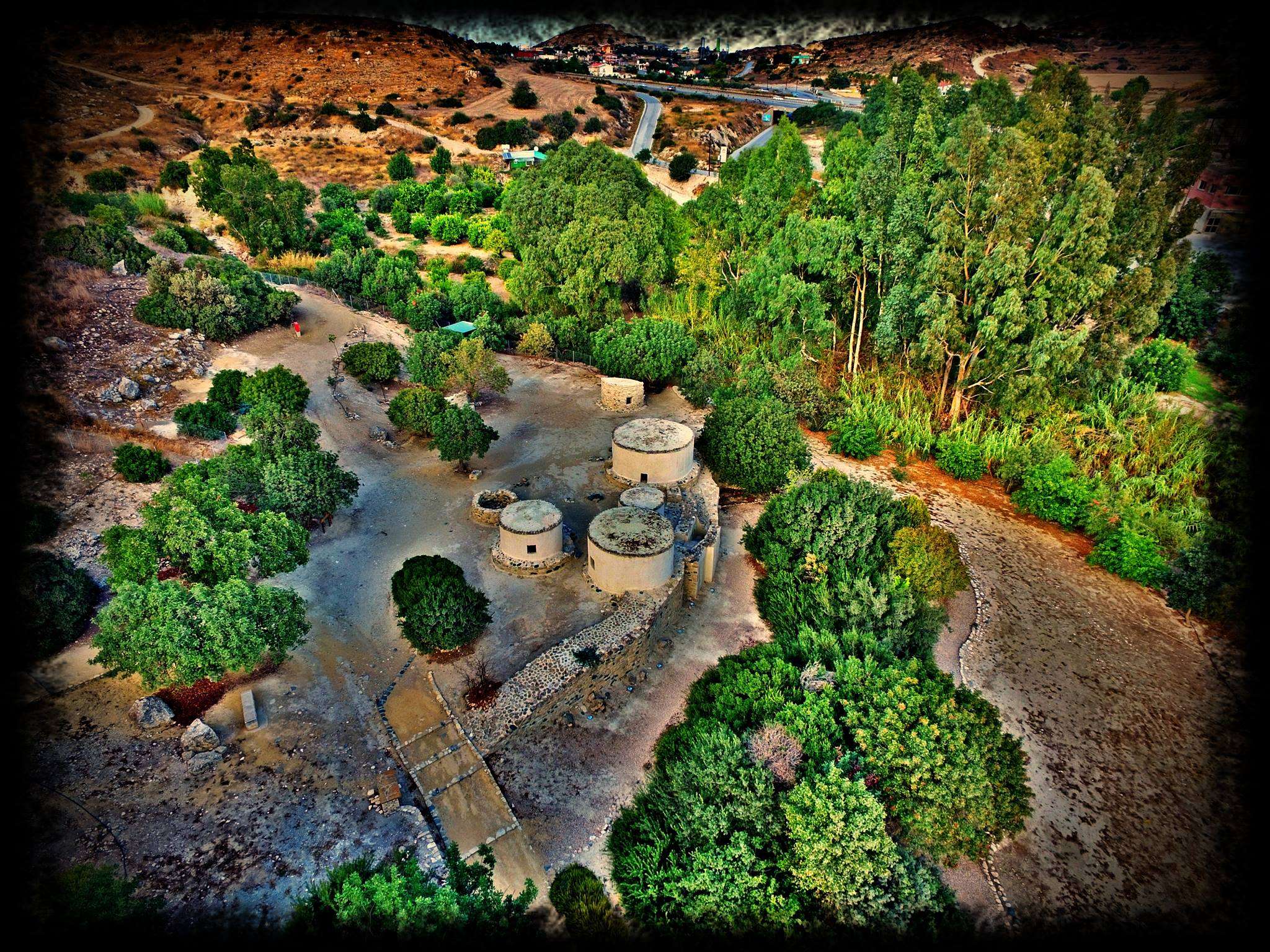Choirokoitia or Khirokitia
...with a rich historical background!
Choirokoitia is a village in the Larnaka province, located 2 km north of Tochni, near the World Heritage Site of Choirokoitia. Choirokoitia is 33 km away from the city.
Arriving in the village, you will find a cafe and the Neolithic Settlement of Choirokoitia. Going forward and reaching the centre of the village, the visitor has the opportunity to walk through the narrow stone-built alleys of the village and enjoy the fresh air and the beauty of the place.
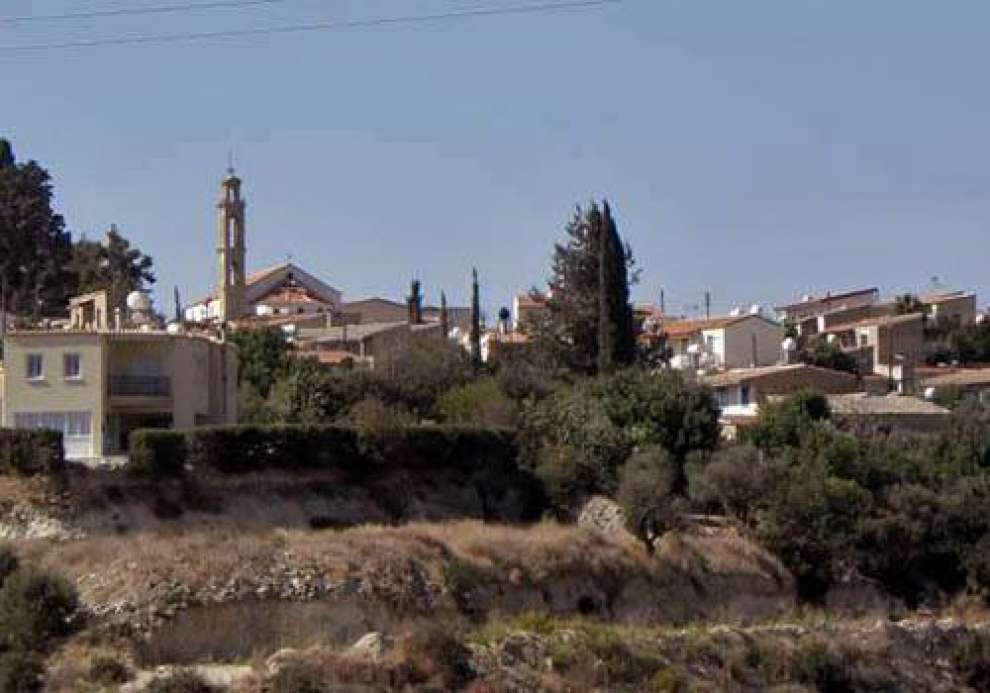 Photo: Cyprus Agritourism
Photo: Cyprus Agritourism
The name of the village:
There are many versions of how Choirokoitia got its name.
Some of these are the following:
According to the Great Cypriot Encyclopaedia, it is stated that the village's name is a composite word which consists of the synthetic "chiros (pig)" and "koiti (bed)" indicating that pigs were raised in the area.
A second version states that the name of Choirokoitia is presumably originally Siderokitida, therefore an area where there was iron. A third version indicates that the name derives from the word chirogitia, which suggests the practice of palmistry, while a fourth version states that the name of the village came from an original name Ierokotida, meaning sacred space.
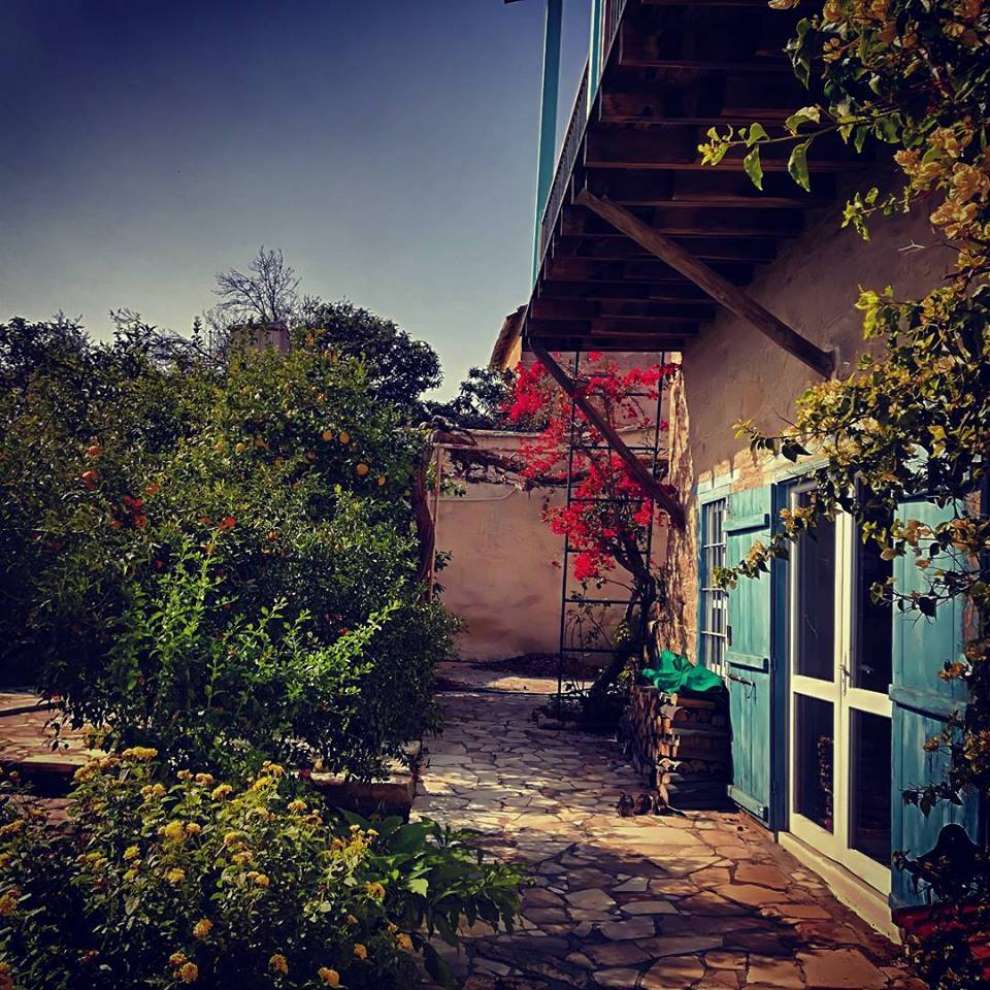 Photo: Kylian Campbell
Photo: Kylian Campbell
According to folk tradition, the village's name comes from "Haire Kitia", which was addressed by the notorious and mysterious Rheina of Cyprus to a friend of hers from Kition.
However, on old maps the village is marked as Cherochetica and as Chierochitia.
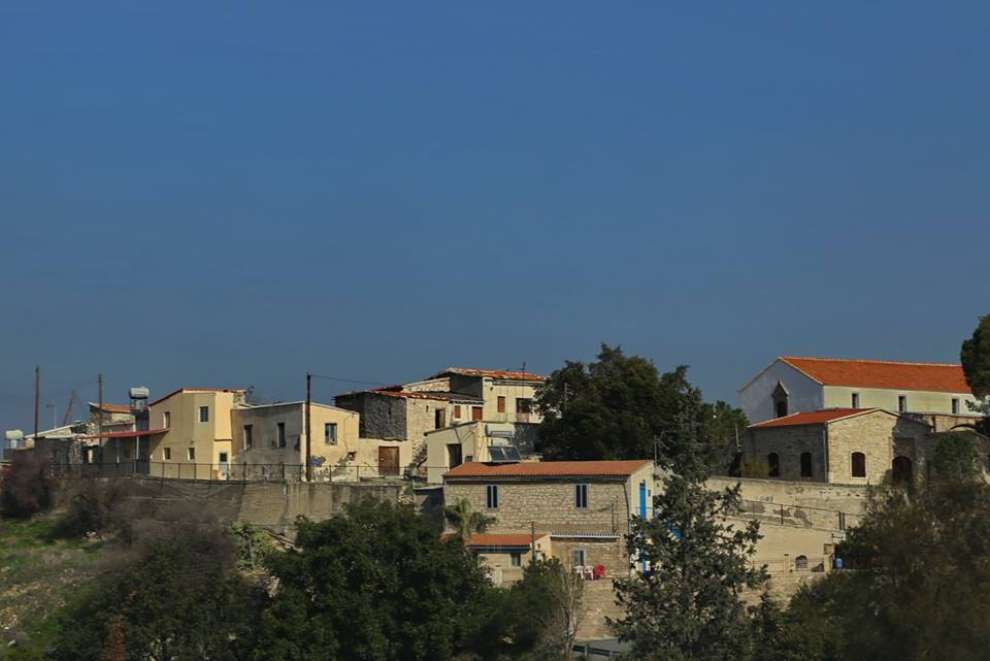 Photo: PHOTOS OF CYPRUS
Photo: PHOTOS OF CYPRUS
Historical data:
According to the Great Cypriot Encyclopedia, during the period of the Frankish rule, Choirokoitia was assigned to the Order of Knights and then to the Order of the Ioannites, who preserved the area as an important administrative feud.
The Tower, the main building of the village, was destroyed by the Mamelouks in 1426. The Tower later, became known as Seraen.
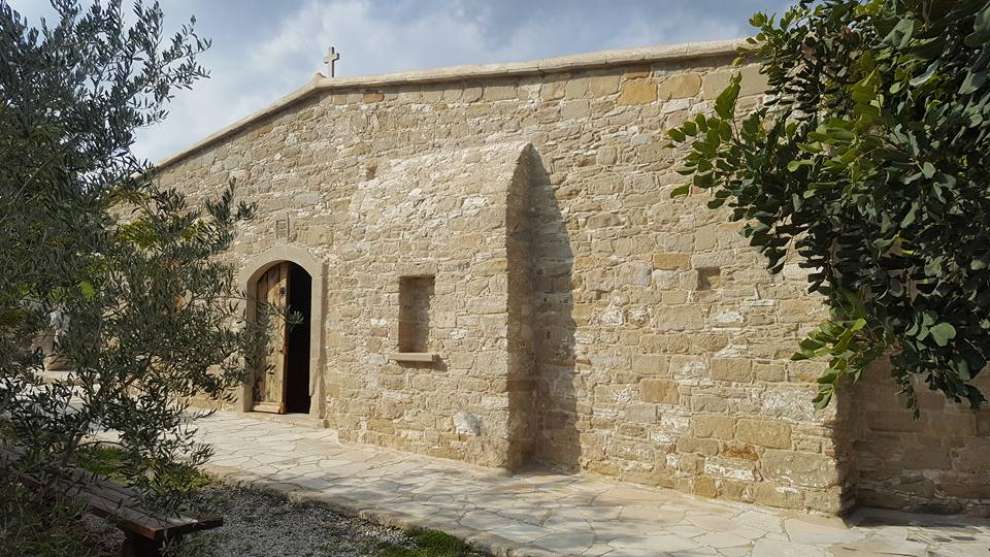 Photo: Voula Athinodorou Nicolaou
Photo: Voula Athinodorou Nicolaou
Churches in Choirokoitia:
Taking a walk in the village you will see impressive churches. The church of St. Jacob of Persia, which is located in the square of the early 19th century and the church of Panagia Kambou which is built to the west of the village.
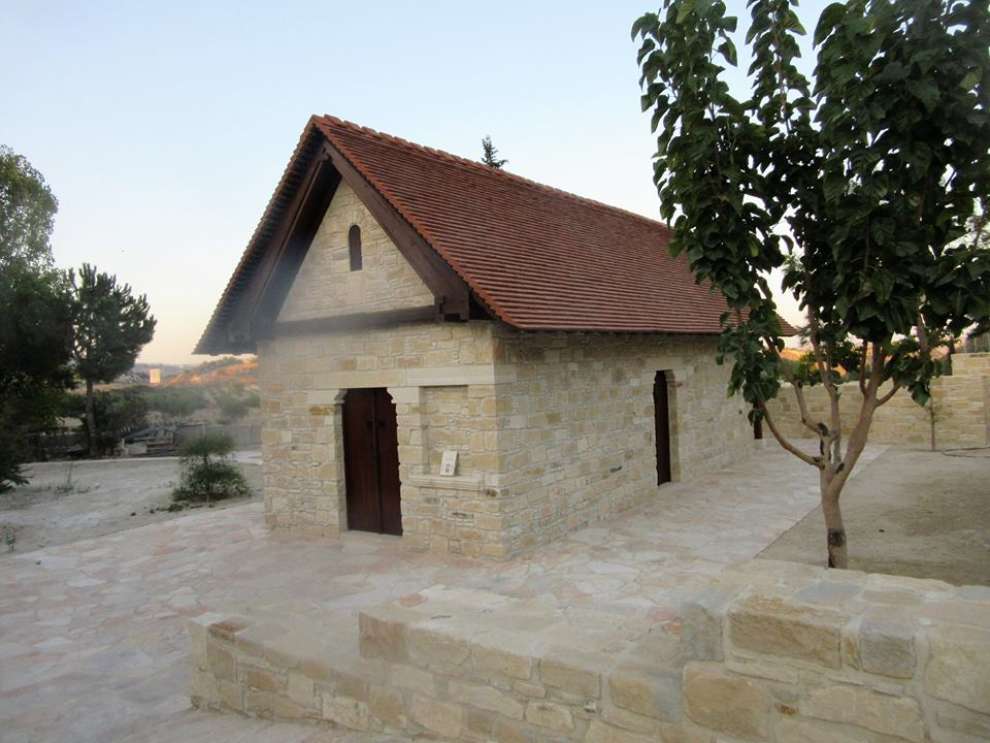 Photo: Xenia Charalambous
Photo: Xenia Charalambous
Neolithic Settlement of Choirokoitia:
The settlement of Choirokoitia lies in the valley of the Agios Minas River, at the foot of Troodos, 6 km away from the sea. This settlement was discovered by the archaeologist Porfirio Dikeo in 1934.
The settlement of Choirokoitia is considered to be one of the most representative of the Neolithic period. With small, circular residences, which were based on stones and clay and on the top. The roofs were made of branches and reeds covered with clay. Initially, archaeologists believed that the roofs were vaulted, because some of the walls seem to have a slight incline inward. Later, with further excavations, the ruins of a collapsed roof were found, which was not domed but flat.
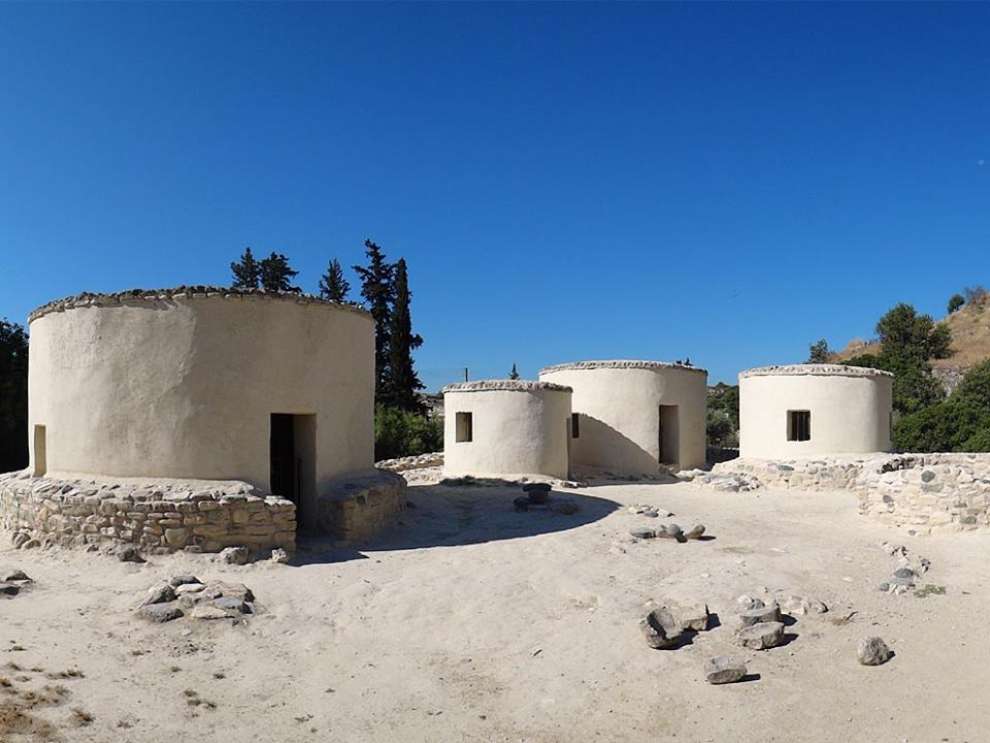 Photo: Δημήτριος Πολυκρέτης
Photo: Δημήτριος Πολυκρέτης
In the centre of the house there was the fireplace and a small opening for the smoke to come out of the fire. The walls of the houses were covered with frescoes, but over time they have been destroyed. Most of them had a mezzanine and an elevated threshold, obviously to be protected from flooding.
The village of Choirokoitia crosses a 185m long stone section, which archaeologists and scholars speculate to be the main road or the wall of the settlement.
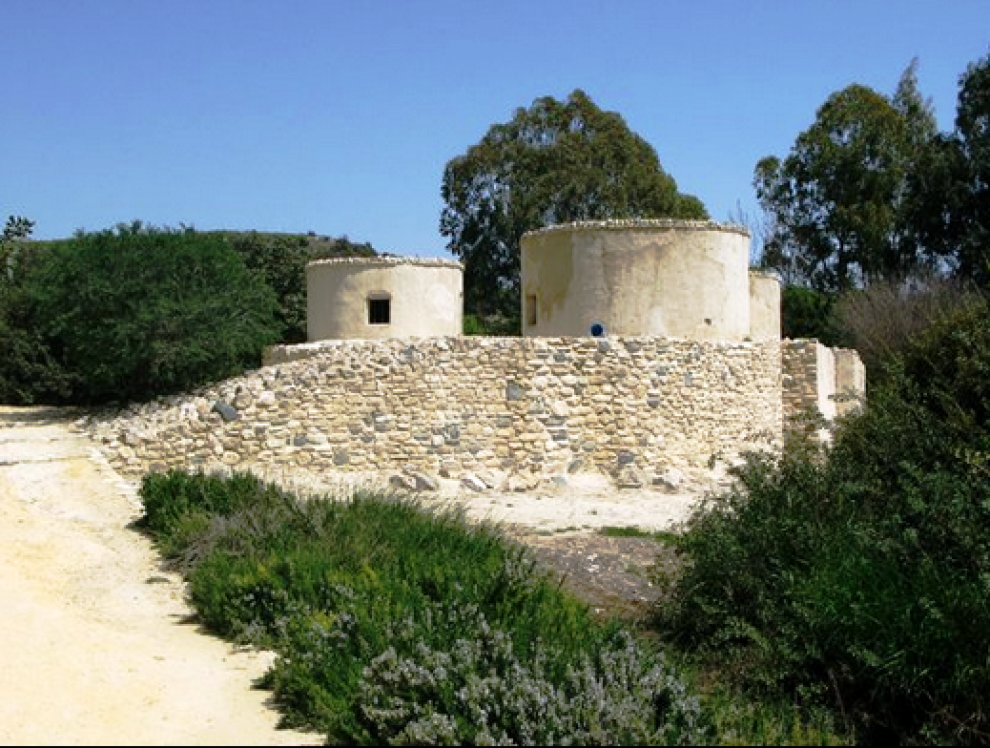 Photo: Η Κύπρος μας
Photo: Η Κύπρος μας
Occupations: According to historical sources, the occupations of the inhabitants of Choirokoitia was agriculture and animal husbandry. They mainly cultivated cereals and raised sheep, goats and pigs. They built tools made of pyrolite, limestone and bones that served them for their day-to-day activities and the provision of food and water. Among the discoveries of archaeologists are jewels, such as necklaces, which are decorated with stones and figurines stamped on stones, which testify that the human form was the predominant element for the inhabitants.
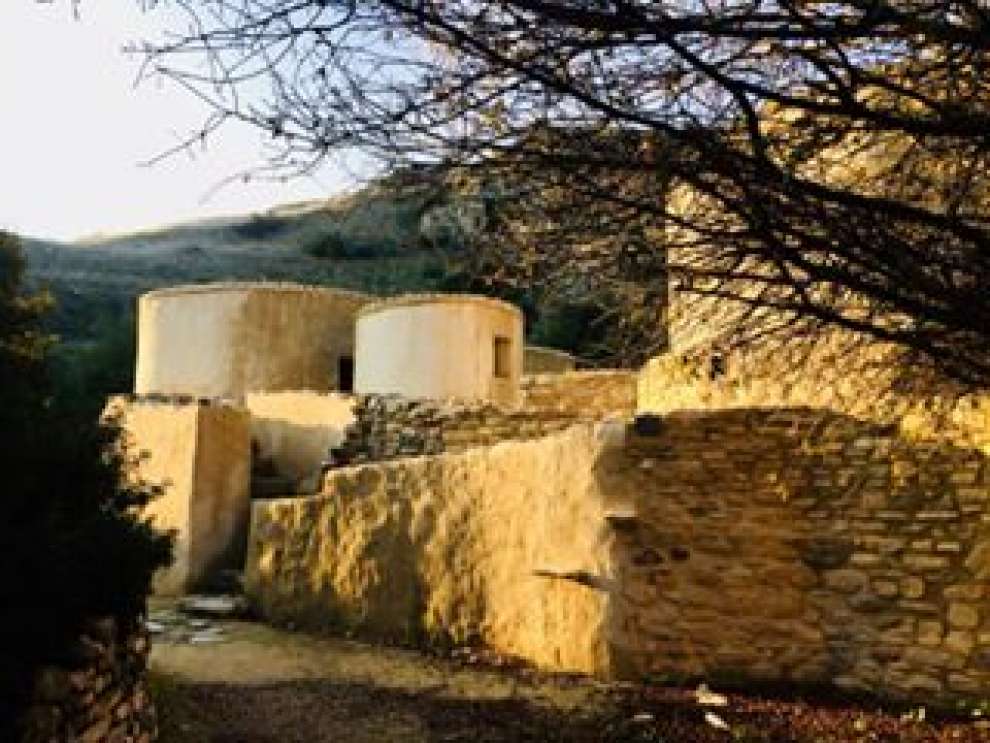 Photo: Yiannis Koumas
Photo: Yiannis Koumas
Nature trail:
It is worth visiting the nature trail that you reach the village of Choirokoitia and it is about 2 km long. This path connects the village with the archaeological site of Choirokoitia.
On the way through the village you can admire the picturesque character of the community with the cobbled streets and the traditional houses. It is worth mentioning that somewhere in the middle of the route there is a cave that, according to tradition, the inhabitants used it as a shelter to protect them from pirates and from various natural disasters.
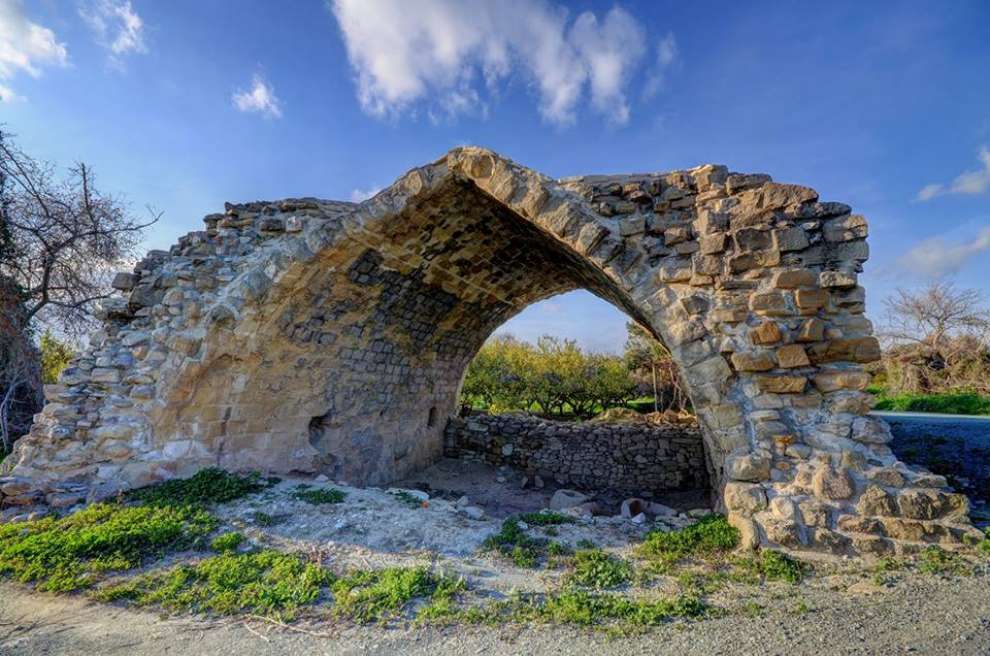 Photo: Paboss Charalambous
Photo: Paboss Charalambous
For the map of the area, click HERE

 English
English
 Ελληνικά
Ελληνικά Русский
Русский